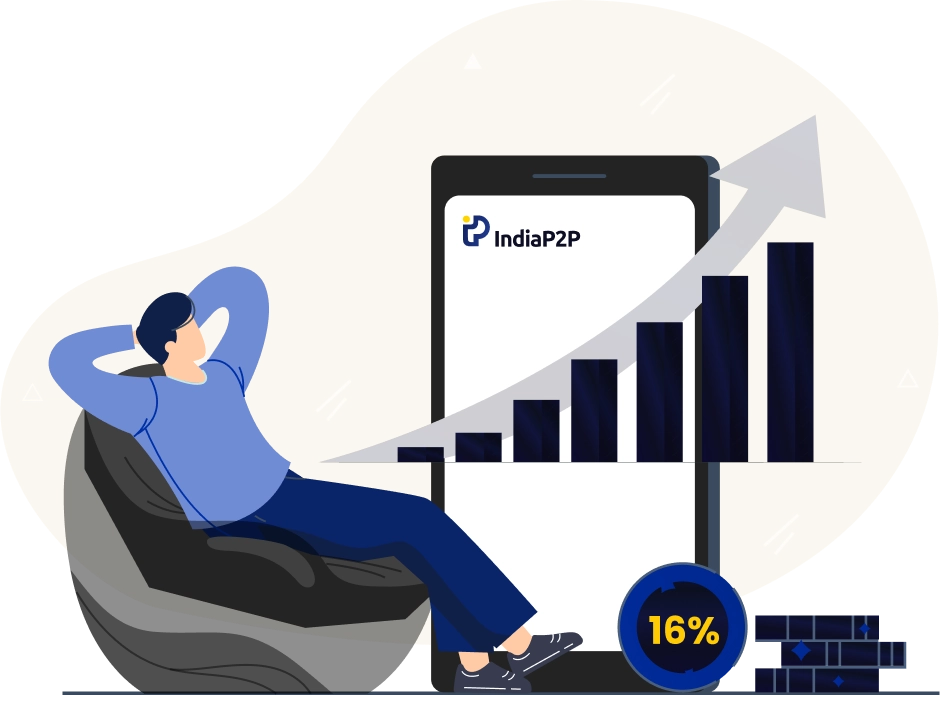How Can One Choose the Right P2P Lending Investment Product?

Peer-to-peer (P2P) lending means direct lending between two peers. A peer could be a business or an individual.
Let us first understand lending or credit.
Lending is giving a loan/debt/credit to another party that this party promises to repay at a future date. Interest is the extra the borrower pays to the lender for the time and risk they contribute.
The word 'credit' comes from Latin and means 'they/she/he believes in the borrowing party's promise to repay. The good thing is that you can easily boost your credit score by taking a few steps.
While lending may have originated with one individual giving a loan to another, it has evolved with the advent of modern banking.
Formal banks are traced to the early 15th century.
Typically, depositors like us put money in a bank, and the bank gives us some interest earnings. The bank further lends this money to those seeking loans at a higher interest rate and keeps the difference (usually a fat one) as its income.
Instead of this income, the bank provides services such as underwriting (risk assessment), transaction security, collecting repayments, sharing borrower repayment performance with other lenders/credit bureaus, etc.
Banks also lose some of their earnings when the borrowers they lend to default i.e. do not repay.
With technology and evolving regulation, these services can be implemented between 2 peers without a bank in between.
In late 2017, the Reserve Bank of India (RBI) came up with a regulatory framework to enable peer-to-peer (P2P) lending with retail investors on one side as lenders and individual borrowers on the other side.
This regulatory framework allows a select set of organizations to operate P2P platforms and undertake services such as underwriting, transaction management, collections, etc.
These platforms are technology-first and charge low margins. Hence, enabling investors or lenders to earn direct and thus high income as interest earnings from borrowers. It is important to note that in this case, the risk of the borrower defaulting is also on the investor.
Across RBI-permitted P2P platforms, you can choose from a variety of borrower types and products. Here are 5 important things to assess:
Things to check before selecting a P2P investment product
Create an infographic with the headings below -
To answer the question, of how to choose a P2P product, below, we have listed a few things that one must check in any P2P investment product before making a decision. Each one of these factors will help you determine if the product is suitable and safe.
⦿ How does the P2P platform manage and reduce risk:
Reduce risk via a combination of-
- a) Choosing creditworthy borrowers
- b) Spreading your investment across many borrowers
- c) Getting diverse borrowers that are from different locations, income sources, etc.
⦿ Underwriting credentials of the management:
Check if the management team comes with lending and risk experience and the parameters of their credit scoring algorithm.
⦿ Borrower types onboarded:
Does the platform onboard borrowers with prior credit histories or new-to-credit borrowers? It is important to understand who you are lending to and feel comfortable with their risk-return profiles. Also, check if the platform gives you information about the borrowers your investment has funded.
⦿ Fees & policies:
Fees can eat into your earnings. Check before investing if there are any onboarding fees to be paid and if the projected returns are net of platform fees.
⦿ Returns & Timing:
You are making this investment to earn a suitable return. Compare the returns projected and offered by various platforms and how often they are paid out - monthly, yearly, after three years, and so on.
These are a few factors that can help you determine if the P2P product is safe. Before you start your P2P journey, we highly recommend you check if P2P is a safe investment or not.




